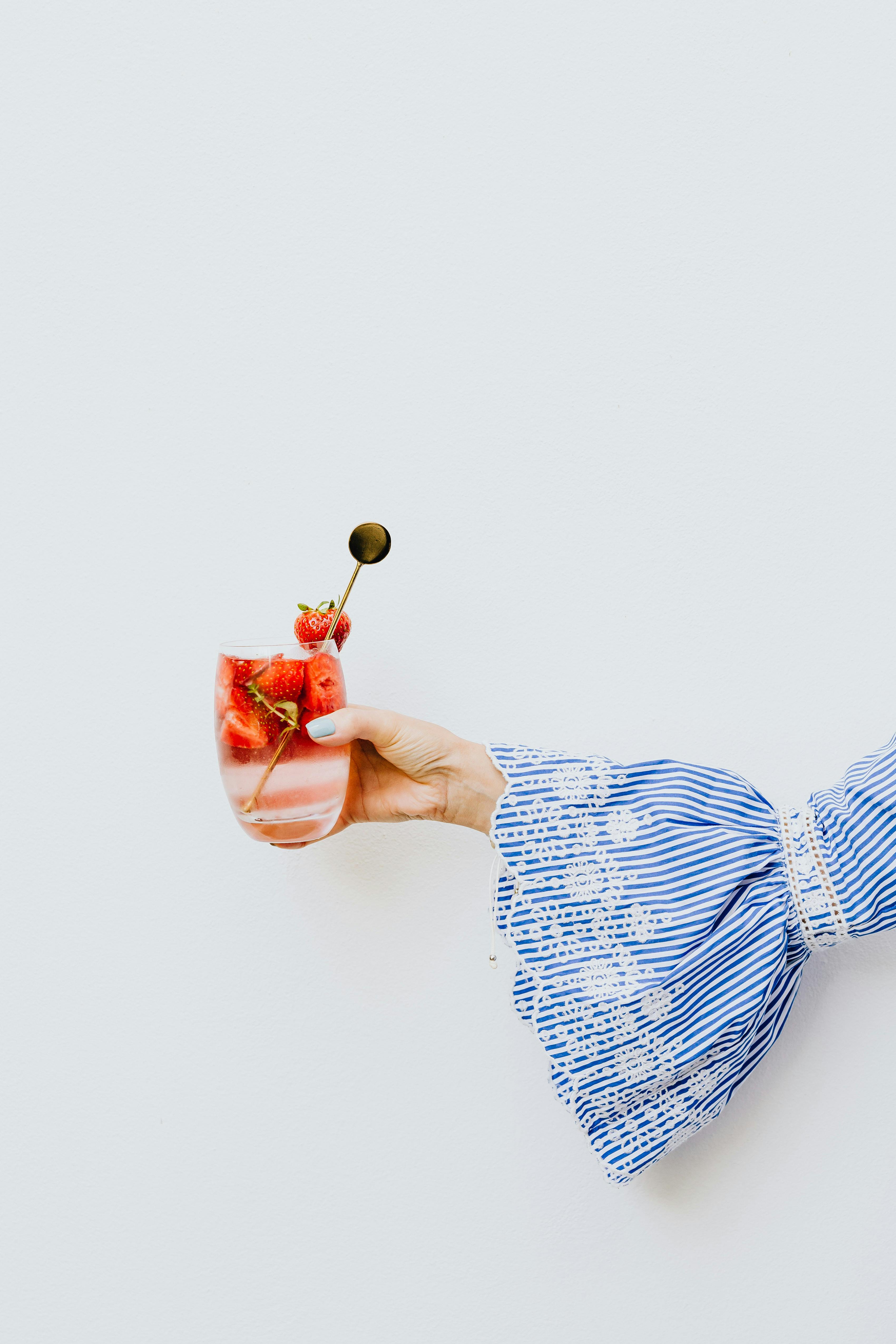Apply Now
Smart Ways to Enhance Rabbit Foot Fern Care in 2025
Rabbit Foot Ferns, scientifically known as *Davallia fejeensis*, are charming and resilient houseplants that have become increasingly popular due to their unique fuzzy rhizomes and lush green foliage. With their origins in tropical habitats, these ferns can thrive indoors if given the proper care. In 2025, enhancing your Rabbit Foot Fern care requires understanding its specific environmental needs along with practical maintenance strategies. This article will provide you with essential tips on how to cultivate a healthy and thriving Rabbit Foot Fern, covering aspects such as humidity, lighting, watering, soil, and pest management.
The benefits of having Rabbit Foot Ferns as part of your indoor plant collection include their air-purifying qualities and unique aesthetic appeal. They adapt well to various settings, making them suitable for both novice and experienced plant enthusiasts. By the end of this article, you'll be equipped with a comprehensive guide to optimize your Rabbit Foot Fern care for a vibrant and flourishing plant.
Understanding Rabbit Foot Fern Growth Patterns
Building on the basics of Rabbit Foot Fern care, it is crucial to delve into their growth patterns to ensure healthy development. Knowing how your fern grows can help determine optimal care strategies. Rabbit Foot Ferns exhibit a unique growth cycle characterized by their sprawling rhizomes and lush fronds. Understanding these aspects can greatly enhance their health and adaptability.
Growth Rate and Size
The growth rate of Rabbit Foot Ferns largely depends on their environmental conditions, particularly light availability, watering practices, and humidity levels. With the right balance of care, these ferns can grow several inches per month during the growing season, typically from spring to early fall. Maximum heights can reach around 24 inches, making them a versatile addition to your indoor plant collection.
If your goal is to encourage robust growth, ensure that your fern receives indirect sunlight for approximately 12 hours a day. This exposure boosts photosynthesis and promotes vigor while preventing leaf burn.
Rabbit Foot Fern Varieties
When considering Rabbit Foot Ferns, it's essential to be aware of the variations within the species. Common varieties include the standard *Davallia fejeensis* and the variegated types, which feature unique patterns on their fronds. Knowing these differences is vital for understanding specific care needs, as certain varieties may have unique lighting or humidity requirements.
For instance, the variegated type might prefer slightly more light compared to the standard species, as the lighter foliage can make it more susceptible to insufficient lighting. This adjustment ensures that all the variety's leaves can achieve adequate photosynthesis.
Seasonal Changes in Care
As seasons change, so do the care requirements of Rabbit Foot Ferns. During the spring and summer, these ferns require more consistent watering and higher humidity as they thrive in their active growth phase. Conversely, as autumn and winter approach, their growth slows down, and you may need to reduce watering frequency and lower humidity levels slightly.
Keeping a close eye on the pet-friendly Rabbit Foot Fern's health during seasonal changes will help you adapt care techniques accordingly. Always examine the leaves for signs of distress, such as yellowing or wilting, as these could indicate issues that arise from improper care.
Optimal Lighting for Rabbit Foot Ferns
With these basics established regarding growth patterns, understanding the light requirements of Rabbit Foot Ferns becomes crucial to their overall health. The right lighting setup contributes significantly to their aesthetics and growth rate.
Light Preferences and Requirements
Rabbit Foot Ferns thrive in bright, indirect sunlight. Direct exposure to harsh sunlight can scorch their delicate leaves, leading to irreversible damage. Therefore, placing them near a window with filtered light or using sheer curtains can provide just the right amount of illumination.
You should also rotate your fern regularly to encourage even growth across all fronds, allowing the entire plant to capture light efficiently. This practice enhances overall health and improves aesthetics by promoting a fuller appearance.
Lighting Solutions for Indoor Care
For indoor Rabbit Foot Ferns, consider implementing grow lights if natural light is insufficient. These lights simulate sunlight and can be adjusted based on your plant's needs. Aim for a setup that offers around 12 hours of light. You can choose LED grow lights or fluorescent tubes to achieve this effect efficiently.
It's essential to monitor your fern's response to artificial lighting. If the leaves start to brown or lose their vibrancy, it may be an indication that they're receiving too much light.
Enhancing Your Fern’s Environment
With proper lighting in place, enhancing the overall environment for your Rabbit Foot Fern will nurture its longevity. Ferns enjoy high humidity levelsing between 50-70%. Consider placing a humidifier nearby or misting the leaves regularly to create a suitable atmosphere. Grouping plants together can help maintain ambient moisture levels with the combined transpiration from all plants involved.
Additionally, incorporating a pebble tray filled with water below your fern can increase humidity naturally. Just be sure that the pot doesn't sit in water, as this can cause root rot.
Soil and Watering Techniques for Rabbit Foot Ferns
Having laid a solid foundation with lighting conditions, it's time to focus on the rabbit foot fern soil and watering techniques that directly impact growth and resilience.
Choosing the Right Soil
Rabbit Foot Ferns thrive in a well-draining soil mix, ideally formulated for ferns or tropical plants containing organic matter such as peat moss, perlite, and bark. This type of soil retains moisture without succumbing to root rot, providing an optimal environment for the fern’s unique root system.
Repot your fern every couple of years or when it becomes root-bound to promote healthy growth. Always select a slightly larger pot with adequate drainage holes to prevent excess moisture accumulation.
Effective Watering Techniques
To maintain a healthy watering schedule, allow the top inch of soil to dry out before applying more water. Over-watering can lead to root rot, while underwatering can cause leaf loss and brown tips. A consistent schedule ensures the plant receives adequate moisture without excessive saturation.
During the growing season, you may find that watering every 5-7 days is ideal. As the seasons shift and growth slows, adjust the frequency accordingly. Always use room-temperature, distilled water for the best results.
Common Watering Mistakes to Avoid
While learning how to water effectively, be wary of common mistakes. Avoid using cold water straight from the tap, as this can shock the fern. Additionally, ensure you're not watering too frequently or allowing the plant to sit in water, which can suffocate the roots.
Another aspect to keep in mind is the quality of water. Tap water can contain chemicals that harm the fern over time. Distilled or rainwater is preferable for its lack of additives.
Fertilization and Pest Management
As we progress into specific maintenance practices for Rabbit Foot Ferns, understanding fertilization and pest management is crucial for sustained health.
Rabbit Foot Fern Fertilizers
Fertilizing your Rabbit Foot Fern during the growing season can promote lush green foliage and support overall health. Use a balanced, diluted liquid fertilizer once every month between March and September, when the plant is actively growing.
Organic fertilizers, such as fish emulsion or seaweed extract, can also be beneficial. These options provide essential nutrients without chemical additives, supporting a pet-friendly environment.
Pest Identification and Management
Proper pest control is crucial to maintaining a healthy Rabbit Foot Fern. Common pests like spider mites, aphids, and mealybugs can compromise your fern's health. Keep a close eye on leaf undersides and surrounding soil for early signs of infestation.
A natural approach to pest management involves using neem oil or an insecticidal soap. These solutions effectively eliminate pests while being safe for pets and children. Regularly inspecting your fern and wise use of pest control measures will mitigate potential damage.
Disease Prevention Strategies
Preventing diseases in Rabbit Foot Ferns focuses on providing the right environmental conditions. Keeping humidity levels appropriate, avoiding overwatering, and ensuring proper drainage are key factors. Regularly inspect the leaves for black or brown spots, which could indicate fungal issues.
If you notice any signs of disease, act quickly by removing affected leaves and addressing environmental factors contributing to the issue. This preventive approach keeps your fern healthy and thriving.
Q&A Section on Rabbit Foot Fern Care
What are common problems with Rabbit Foot Ferns?
Common troubles include yellowing leaves often due to improper watering, pests attacking the foliage, and insufficient light causing stunted growth. Diagnosing these issues early can help you restore the fern's health.
How to prune Rabbit Foot Ferns effectively?
Pruning involves removing dead or brown fronds to encourage new growth. Use clean shears to make clean cuts at the base of the fronds. Regular pruning contributes to a bushier plant and enhances growth.
Does Rabbit Foot Fern require high humidity?
Yes, Rabbit Foot Ferns thrive in humidity levels around 50-70%. Increasing humidity through misting, pebble trays, or a humidifier will encourage optimal growth.
Enhancing Your Rabbit Foot Fern's Aesthetic Appeal
Finally, aesthetic enhancements to your Rabbit Foot Fern will elevate its appearances within your home. Given their unique foliage and charming rhizomes, you can use these factors to your advantage when incorporating them into your interior design.
Companion Plants for Rabbit Foot Ferns
Consider pairing your Rabbit Foot Fern with humidity-loving companion plants, such as peace lilies or spider plants. These pairings create a lively green ambiance and work harmoniously to meet each plant's environmental needs.
Rabbit Foot Fern Indoor and Outdoor Care Differences
While these ferns are versatile and can adapt indoors and outdoors, they require different considerations. Indoor ferns benefit from consistent humidity settings and controlled light exposure. In contrast, outdoor ferns thrive in shaded areas with adequate moisture during their growing season.
Using Rabbit Foot Ferns in Landscape Design
Adding Rabbit Foot Ferns to your landscape design instantly imbues a tropical vibe. Their lush green leaves enhance visual aesthetics. Opt for shaded garden areas or plant them alongside other ferns to create a naturalistic environment.




